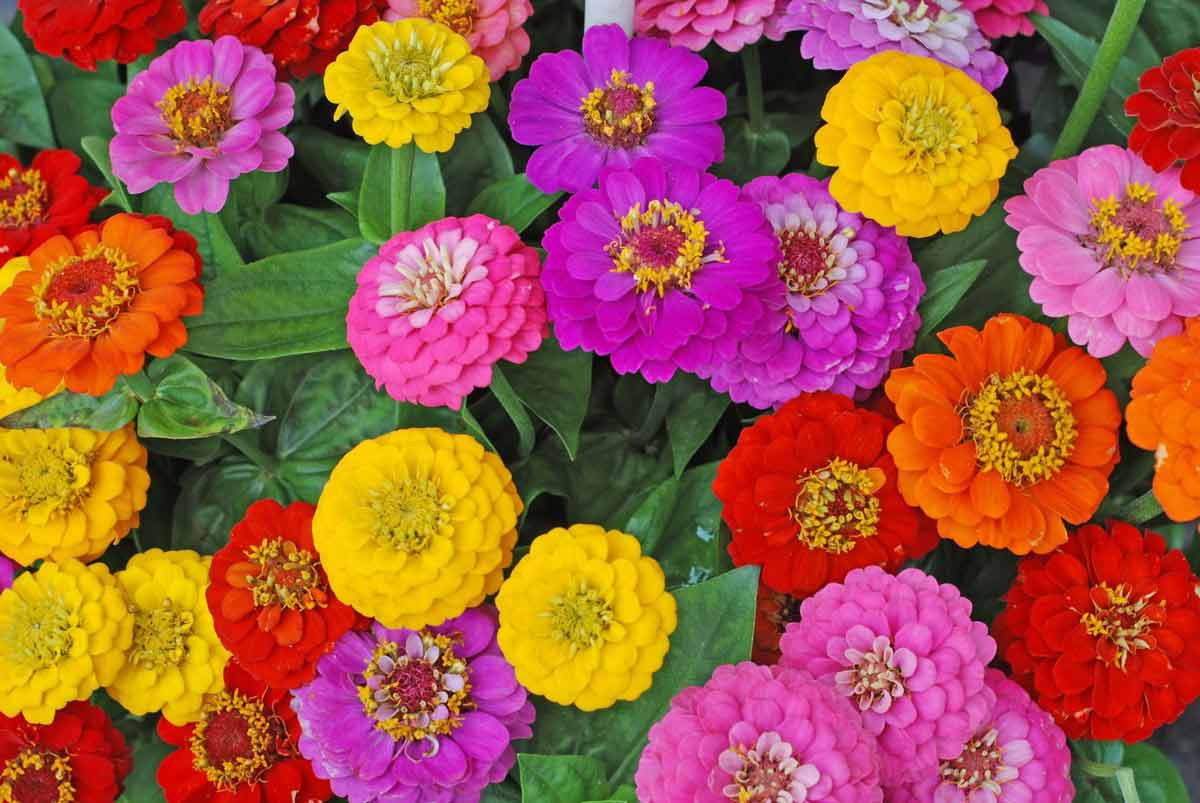As the sun shines brightly and temperatures rise, it’s time to delve into the captivating world of plant seeds in summer. From choosing the perfect seeds to nurturing seedlings to maturity, this guide will unravel the secrets of successful summer planting, transforming your garden into a vibrant tapestry of colors and flavors.
Whether you’re a seasoned gardener or just starting your green-thumbed journey, this comprehensive exploration will provide you with the knowledge and techniques to sow seeds with confidence and reap the bountiful rewards of a flourishing summer garden.
Planting Preparation

Successful summer planting begins with careful preparation to ensure optimal conditions for seed germination and seedling growth. The choice of plant seeds, soil quality, and planting techniques all play crucial roles in establishing a thriving summer garden.
Selecting the right plant seeds is essential for summer planting. Consider the region’s climate, sunlight exposure, and desired harvest time when making your choices. Some popular and suitable plant seeds for summer planting include tomatoes, peppers, cucumbers, beans, squash, and melons.
Soil Conditions
Ideal soil conditions for seed germination and seedling growth include well-drained, fertile soil with a pH level between 6.0 and 6.5. Amend the soil with organic matter such as compost or manure to improve fertility and drainage. Avoid planting seeds in compacted or waterlogged soil.
Sunlight Requirements
Most summer vegetables require full sun, meaning at least 6 hours of direct sunlight per day. However, some plants, such as leafy greens and root vegetables, can tolerate partial shade.
Seed Spacing and Depth
Seed spacing and depth vary depending on the plant species. Follow the guidelines provided on seed packets or refer to reputable gardening resources. In general, larger seeds should be planted deeper than smaller seeds, and seeds should be spaced far enough apart to allow for proper root development.
Special Techniques
Certain seed types may require special techniques to enhance germination. For example, soaking hard-coated seeds in warm water overnight can help soften the seed coat and improve germination rates.
Planting Techniques

The selection of planting technique depends on several factors, including seed size, germination requirements, and the desired timing of plant growth. Each method offers advantages and disadvantages in terms of germination rates, time frames, and ease of implementation.
Direct Sowing, Plant seeds in summer
Direct sowing involves planting seeds directly into the prepared soil outdoors. This method is suitable for large seeds that can withstand outdoor conditions and have a high germination rate. It is also ideal for plants that do not transplant well.
- Advantages: No need for transplanting, reduced root disturbance, higher germination rates for some species.
- Disadvantages: Potential for soil crusting, exposure to pests and diseases, difficulty in controlling spacing and depth.
Seed Starting Indoors
Seed starting indoors involves germinating seeds in a controlled environment before transplanting them outdoors. This method is advantageous for small seeds, slow-growing plants, or those that require specific temperature and moisture conditions for germination.
- Advantages: Protection from outdoor elements, earlier maturity, extended growing season, higher germination rates for some species.
- Disadvantages: Requires additional space and equipment, potential for rootbound seedlings, transplant shock.
Transplanting
Transplanting involves moving seedlings from one location to another, typically from indoor seed starting trays to outdoor beds or containers. This method allows for precise spacing, depth control, and the selection of the healthiest seedlings.
- Advantages: Control over spacing and depth, selection of strongest seedlings, extended growing season.
- Disadvantages: Potential for transplant shock, root disturbance, reduced germination rates for some species.
Post-Planting Care: Plant Seeds In Summer

After planting, proper care is crucial to ensure successful seed germination and seedling growth. This includes watering, fertilizing, and mulching, each playing a vital role in the plant’s development.
Watering
Regular watering is essential for seed germination and seedling establishment. The frequency and amount of water depend on soil type and weather conditions.
- Sandy soils: Water more frequently, as they drain quickly.
- Clay soils: Water less frequently, as they retain moisture longer.
- Hot, dry weather: Water more often to prevent soil from drying out.
- Cool, wet weather: Water less often to avoid overwatering.
Water deeply to encourage root growth and avoid shallow watering that only moistens the surface.
Fertilizing
Fertilizers provide essential nutrients for plant growth. Organic fertilizers, such as compost or manure, are recommended as they release nutrients slowly and improve soil health.
- Compost: A rich source of organic matter that provides nutrients and improves soil structure.
- Manure: A concentrated source of nutrients that should be aged or composted before use.
Apply fertilizers according to the manufacturer’s instructions, avoiding over-fertilization.
Mulching
Mulch is a layer of material spread around plants to retain moisture, suppress weeds, and regulate soil temperature.
- Moisture retention: Mulch helps retain moisture in the soil, reducing the need for frequent watering.
- Weed suppression: Mulch creates a barrier that prevents weed seeds from germinating.
- Temperature regulation: Mulch insulates the soil, keeping it cooler in summer and warmer in winter.
Use organic materials like straw, bark, or wood chips as mulch, applying a layer of 2-4 inches around plants.